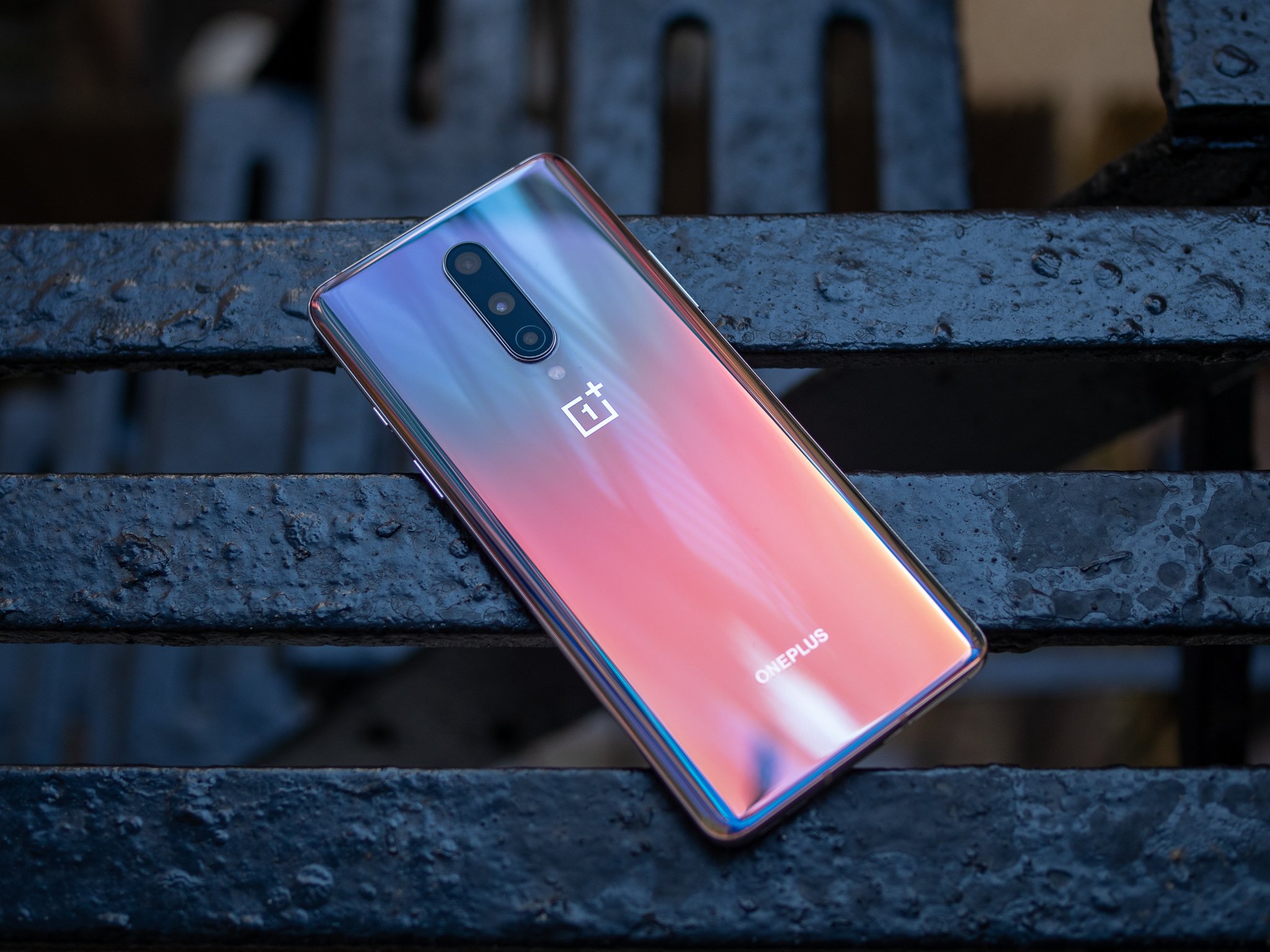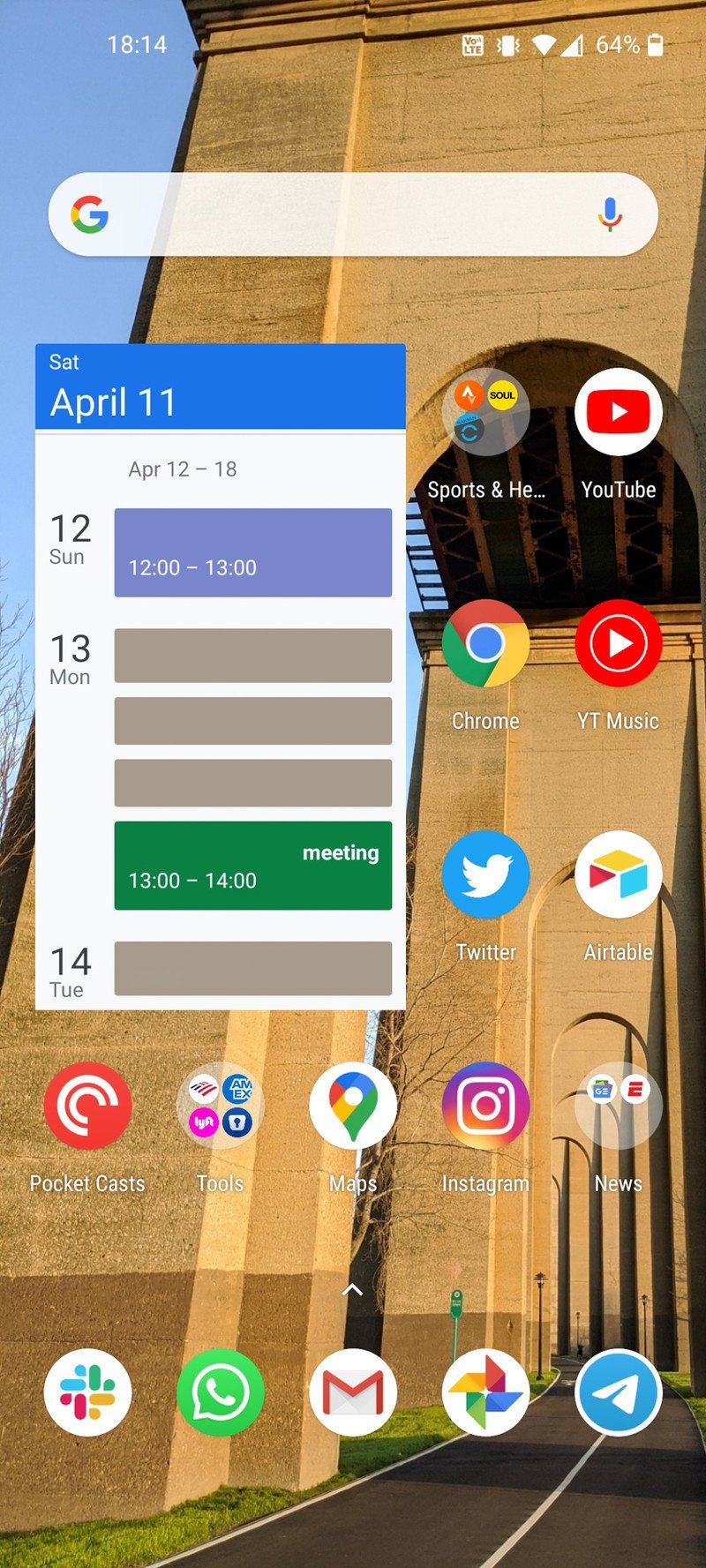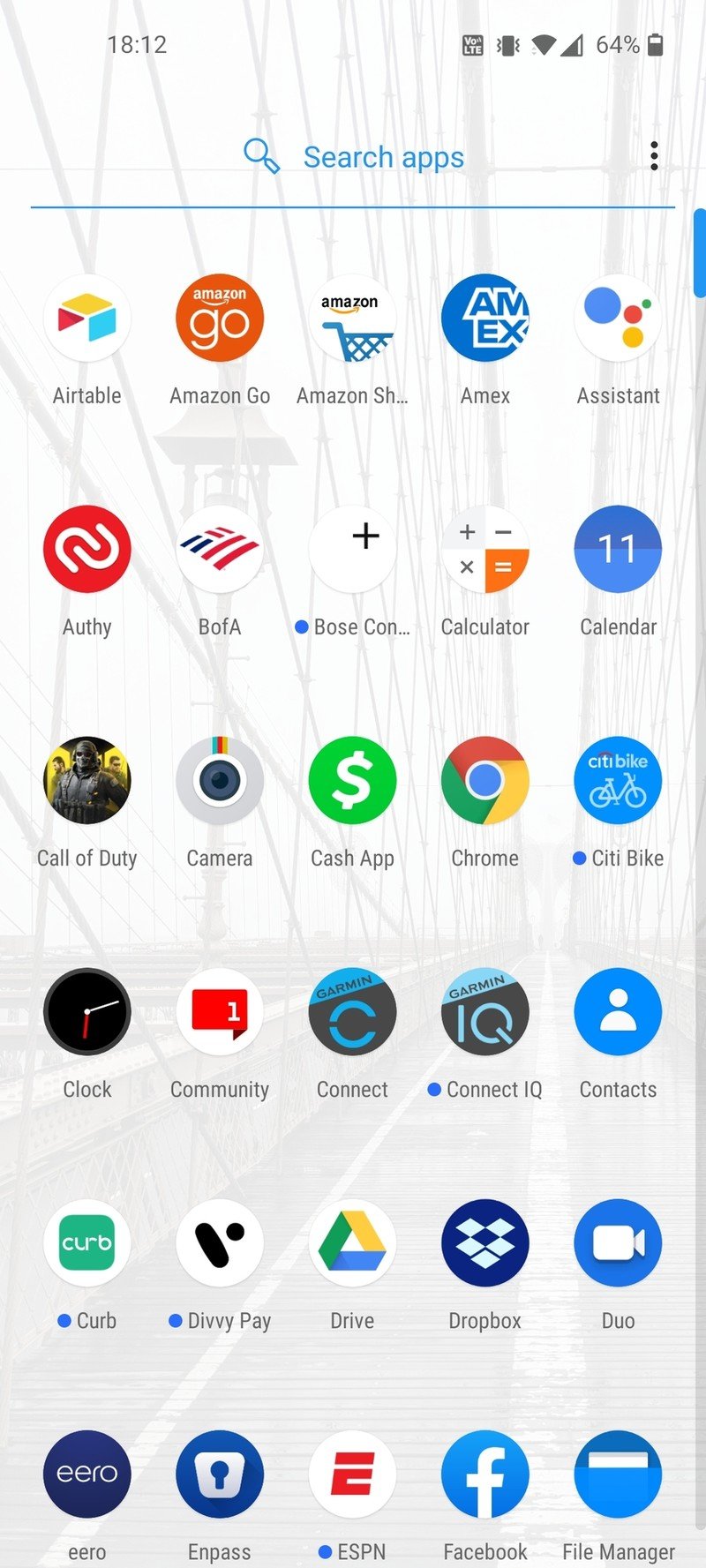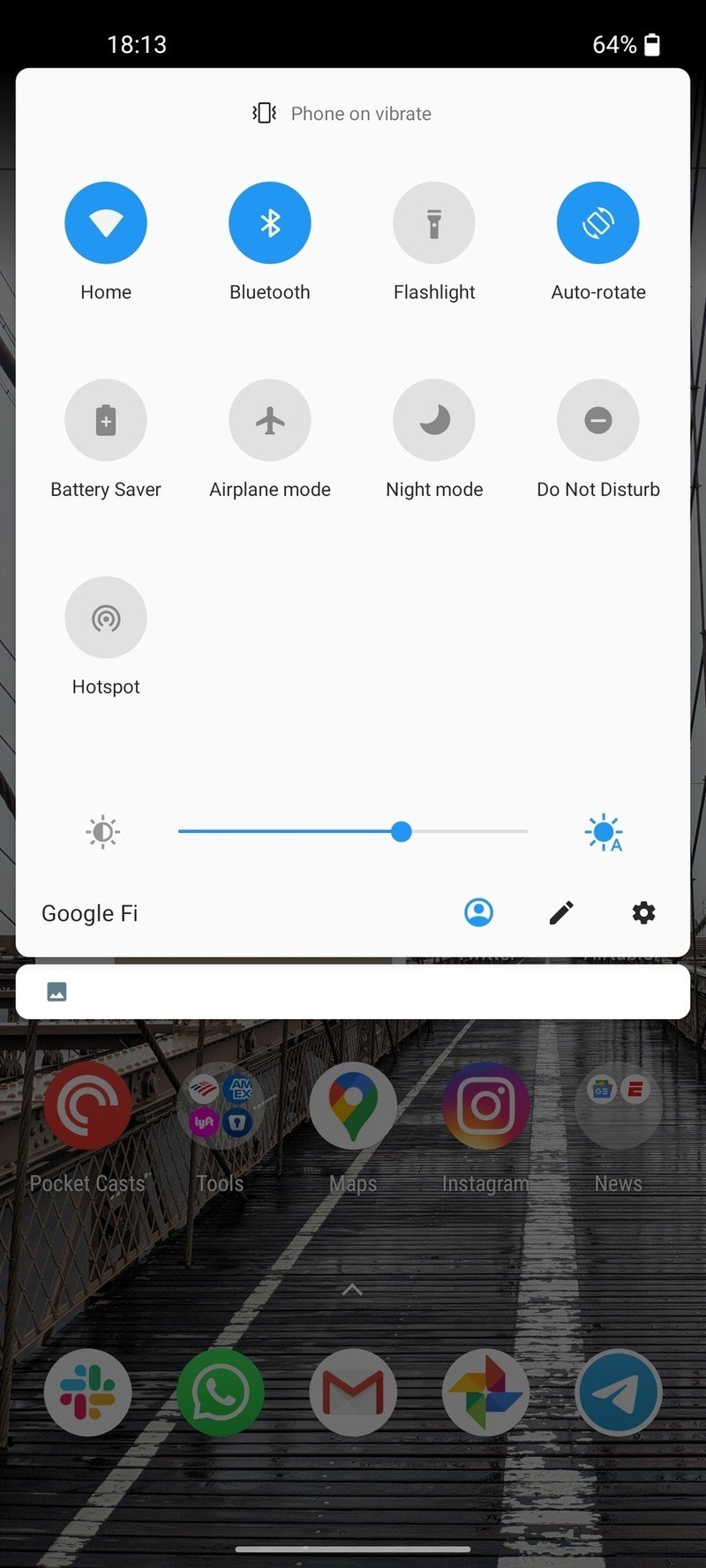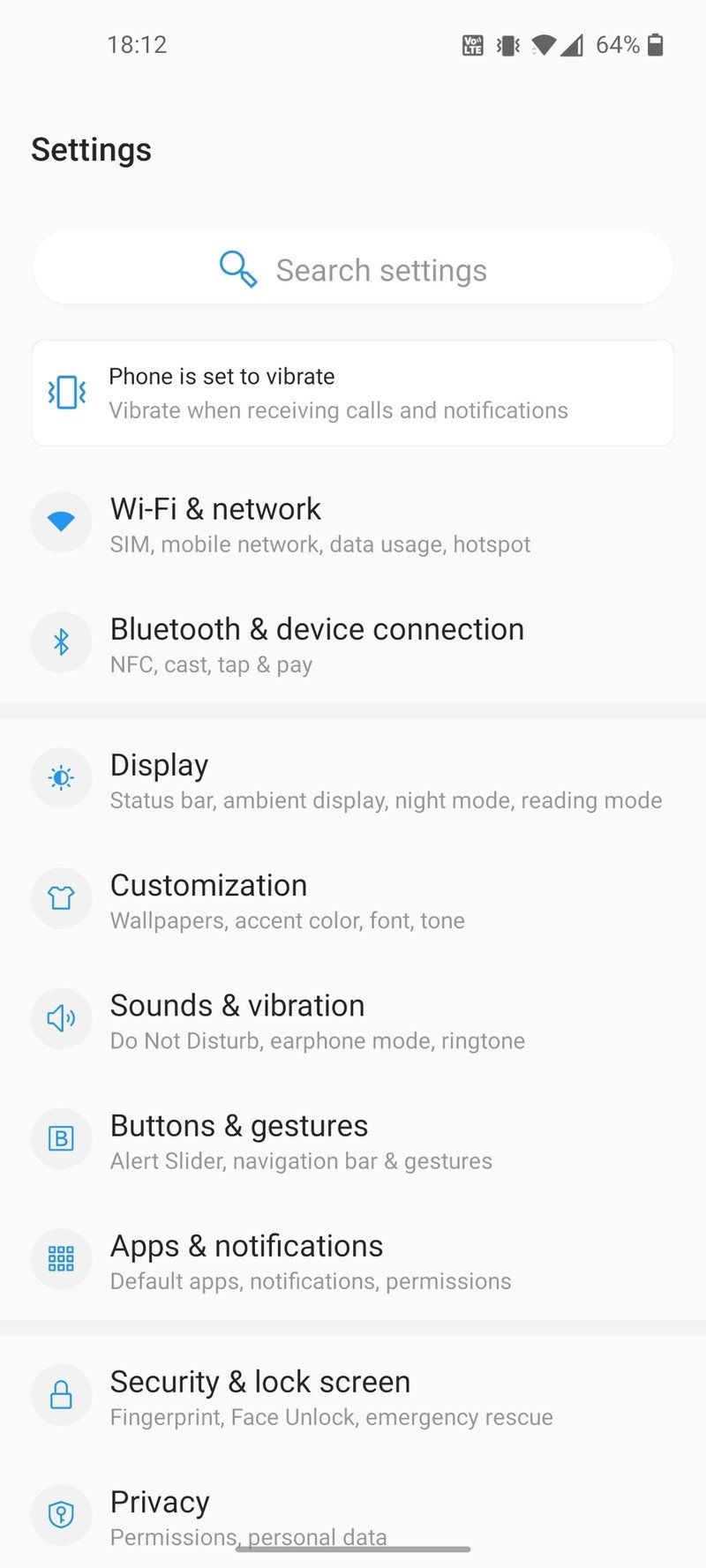Android Central Verdict
Bottom line: OnePlus didn't change much from the 7T, but it didn't need to. You get great hardware design and a bump in specs, plus 5G, with the same great basics: a really good display, strong battery life, consistent camera performance, and amazing software.
Pros
- +
Fantastic software experience
- +
5G and excellent specs for the money
- +
Consistent camera performance
- +
Sleek and solid hardware
- +
Excellent battery life
Cons
- -
No wireless charging
- -
Minimal improvements over 7T
- -
No zoom camera, and bad macro camera
Why you can trust Android Central
OnePlus had a rather confusing 2019, launching five different phones in various pairings around the world, in a staggered release that was tough to keep up with. The first half of 2020 smoothed things out considerably, with the OnePlus 8 and 8 Pro launching simultaneously.
But these phones launched at a higher base price than ever before, with the entry level OnePlus 8 running $70 more than the highest-spec model of the OnePlus 6T from 18 months prior, begging the question: are OnePlus phones still worth the money, as prices have continued to rise?
Thankfully, now that its successor has arrived, the OnePlus 8 is available with steep discounts that make it practically an impulse buy for anyone shopping for a new phone. Here's what it offers, and where its value stands.
The whole smartphone industry is moving toward higher prices, and OnePlus isn't staying put — its boat is rising with the tide. Just 6 months removed from the OnePlus 7T, the OnePlus 8 is here as the affordable mainstream option at a new higher price. Here's what it offers for that extra money, and where its value stands.
OnePlus 8 Price and availability
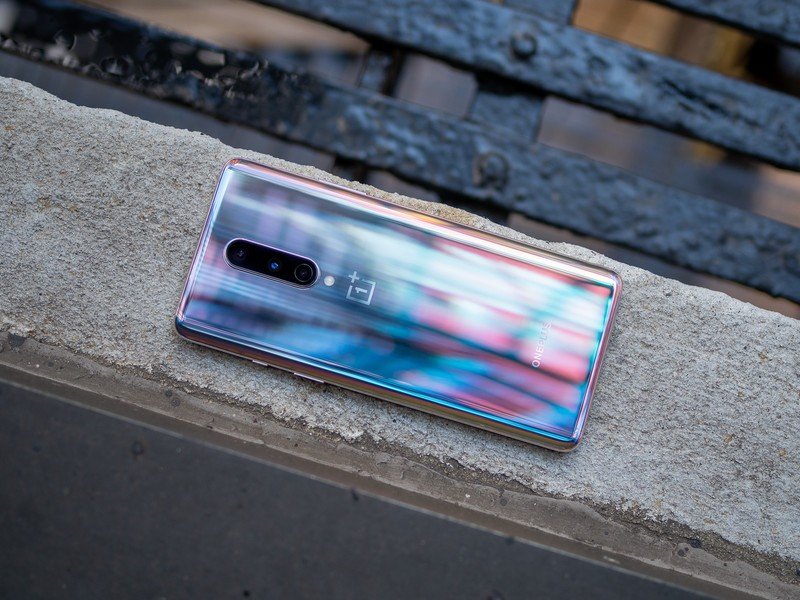
The OnePlus 8 made its official debut back on April 14, 2020, with a starting retail price of $699 for the model with 8GB of RAM and 128GB of storage, but stepping up to the 12GB of RAM and 256GB of storage configuration would set you back $799. Which model you chose also determined which color you get, with OnePlus offering Glacial Green and Interstellar Glow options (both of which look incredible).
These days, however, the phone can be found for much cheaper, reaching as low as $450 through certain retailers. At that price, it's a much more compelling offer — especially when you consider that its successor, the OnePlus 9, currently sells for $729.
OnePlus 8 Hardware, screen and specs
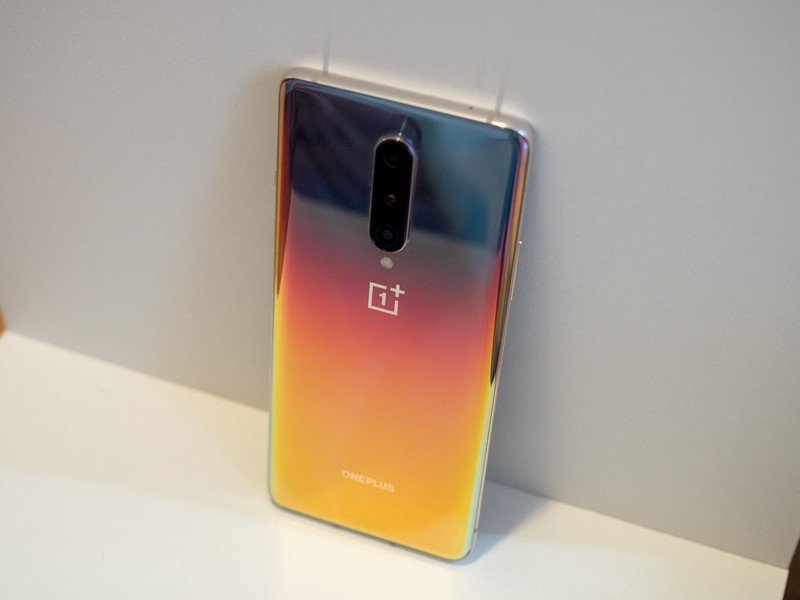
OnePlus makes some damn nice hardware that's right on par with any other phone maker at any price. And though it wasn't experimenting with any exotic materials or new form factors on this particular model, it nailed the execution of a typical modern smartphone shape. Even for its lower-end model, OnePlus gave the 8 a great metal frame and dual-curved glass body befitting a higher price. You also get nicely clicky buttons, a hardware mute switch and dual speakers that get really loud. The only thing to distract from this stellar hardware is haptic feedback that feels hollow and a little rattly.
Get the latest news from Android Central, your trusted companion in the world of Android


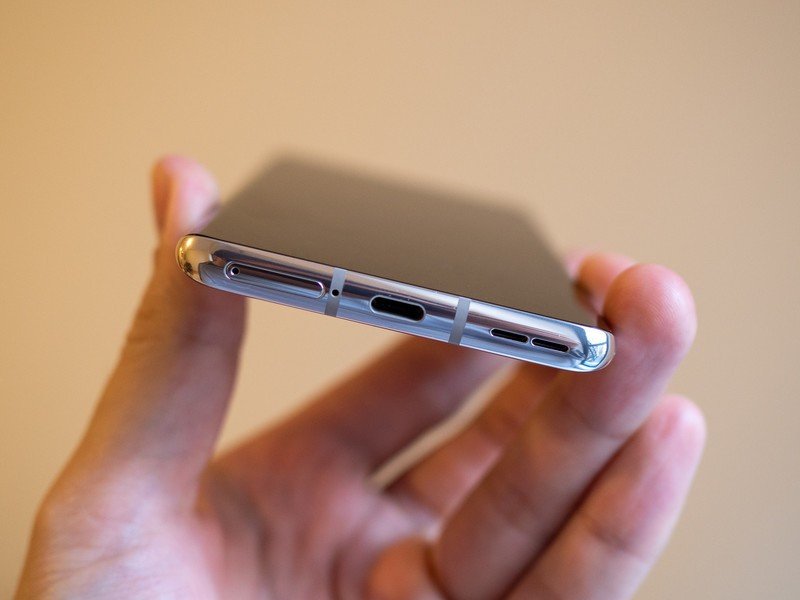
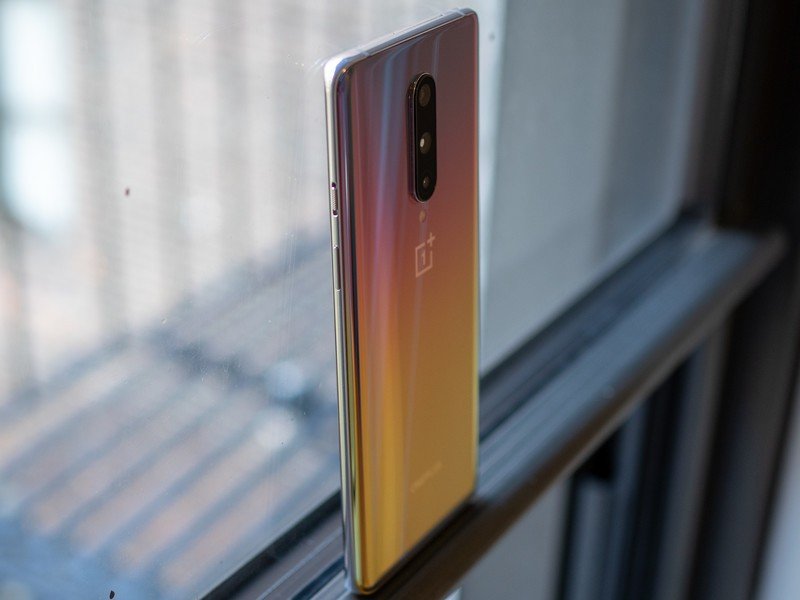


| Category | OnePlus 8 |
|---|---|
| Operating System | Android 11 OxygenOS |
| Display | 6.55-inch AMOLED 1080x2400 (20:9), 90Hz |
| Processor | Snapdragon 865 |
| Memory | 8/12GB |
| Storage | 128/256GB |
| Rear Cam 1 | 48MP, ƒ/1.7, OIS |
| Rear Cam 2 | 16MP, ƒ/2.2, ultra-wide |
| Rear Cam 3 | 2MP, ƒ/2.4, macro |
| Front Cam | 16MP, ƒ/2.4 |
| Security | In-display fingerprint sensor |
| Audio | Dual speakers USB-C |
| Battery | 4300mAh 30W Warp Charge |
| Water Resistance | IP68 (some models) |
| Dimensions | 160.2x72.9x8 mm 180 g |
I'm happy I was provided the "interstellar glow" colorway, which shimmers and shifts colors between gold, pink, and blue depending on the lighting, and is accented by a subtle gold reflective metal frame. It's fingerprinty as hell, but it looks fantastic when it's clean and really stands out from a crowd. Things change if you get the "glacial green" color, which has a matte finish to its metal and glass, like the green and blue variants of the 8 Pro — it solves the fingerprint problem and has its own unique look, but is much more slippery as a result.
This is as good a time as any to reiterate that OnePlus makes some of the best first-party cases in the business when it comes to design, quality, and value. The sandstone case has grippy ridges along the sides that are great, and it comes in neat colors as well — this turquoise one I have is superb.
2020 marked the year in which OnePlus finally added IP68 water resistance ratings. Well, sort of. The unlocked OnePlus 8 is not officially IP68 rated, because it hasn't been certified at that rating — in that respect, it's no different than the 7T and 7 Pro. But carrier versions, which sell through T-Mobile and Verizon, do have IP68 ratings — and there's no indication that they're actually different in terms of their hardware or build. So whether you trust that it's truly water-resistant is up to you, but OnePlus is putting everything in place for you to make that inference.
The hardware is exactly as expected: good-looking, solid and punctuated by a nice screen.
Upfront, the 6.55-inch OLED screen is effectively identical to the OnePlus 7T's, though its accouterments have changed slightly. The teardrop-style notch in the middle makes way for an eye-displeasing left-sided hole punch, and the sides of the screen pick up curves that feel more modern and help hide some bezel thickness. The screen looks great, and gets plenty bright with low reflectivity in direct sunlight. The 90Hz refresh rate is plenty for me, even though 120Hz is the hot new number to boast about.
But I'm regularly put off by the heavy color shift when viewing the screen off-axis even by a few degrees. When the phone tilts forward or back, there's a pink or green cast that's annoying, though it's only really pronounced on apps with lots of white — a switch to the system-wide dark mode can help reduce its effects. That's also a relatively small complaint on a phone whose screen otherwise directly competes with the best in the business.
The curved sides and slick finishes make the OnePlus 8 a little slippery and tough to hold at times, but its relatively compact overall size balances that out nicely. It's ever-so-slightly smaller than the Pixel 4 XL and Galaxy S20+ (and at 180 grams, it's lighter than both), and considerably smaller than the OnePlus 8 Pro.
OnePlus 8 Software, battery life and performance

OxygenOS is one of the best software experiences you can get.
OnePlus's OxygenOS software has slowly departed from the near-stock experience it once was, and has even changed on the OnePlus 8 itself during the move from Android 10 to Android 11. But I'm not upset one bit about that, because OxygenOS is still one of the best software experiences you can get today, across its design, functionality, features, and performance. The interface is slick and simple, the feature additions are subtle and unobtrusive, and you aren't hit with excessive amounts of bloat or duplicative apps.
OnePlus software is simple, but that's at the core of why it's so great. It does a fantastic job of letting you tweak as much or as little as want to, so you can make it look whichever way works best for your needs. There's full support for theming and tweaking every little bit of the interface, but if you just use it how it's set up right out of the box you'll also have a great experience.
Source: Android Central
As for performance, it's fantastic — precisely as I've come to expect from OnePlus. I tested the higher-end model with 12GB of RAM (which costs a bit extra and includes 256GB of storage), but I have zero doubt that 8GB in the base model will get the job done just as well, based on my experience using older OnePlus phones. OxygenOS puts so much emphasis on consistent performance, and it shows.
The only issue I initially ran into was with Bluetooth. The connection was oddly weak to my Galaxy Buds+, and I could easily force it to cut out temporarily by resting my hand in my pocket with my phone. I also had regular connection jitters when running with the phone in my waistpack, presumably because it's held tight to my body — but over time with updates, these problems have all but vanished.
Getting 5G in a sub-flagship phone is great, even if there are caveats and asterisks involved.
Another part of performance is networking, and the OnePlus 8 includes 5G on all models — but whether you'll actually be able to use it requires explanation. The unlocked OnePlus 8 only supports Sub-6 5G, which makes up the bulk of T-Mobile and AT&T's networks. There's a different model sold by Verizon, with mmWave 5G support (and a higher price).
On T-Mobile, its 5G performance was right in line with other phones on its Sub-6 network — it feels like really strong LTE. A far cry from the next-level mmWave speeds you'll see around, but it's good, and T-Mobile's Sub-6 network is widely available across the country. But given the infancy of 5G as a whole, and the restrictions with the OnePlus 8 not having mmWave, this is more of a nice-to-have than a must-have.
OnePlus once again shows that even with high-end specs, you can still have stellar battery life.
Now, battery life. The 4300mAh battery is 13% larger than the OnePlus 7T, and with no notable increase in power drain — aside perhaps from using 5G a ton — it stands to reason that battery life is once again great. I very conservatively had battery saver set to come on automatically at 20%, but never hit that point over the course of a regular day. Even with 5 hours of "screen-on" time and my usual usage with lots of messaging and emails, podcast listening over Bluetooth and plenty of photos. On the weekend, with much lighter usage, I went to bed with over 50% battery remaining. OnePlus once again shows that even with high-end specs and no overt battery-saving measures that stifle daily use, you can still have stellar battery life.
OnePlus brought wireless charging to the 8 Pro and subsequent releases, but sadly it's missing on the 8 — that's a bit of a bummer, but certainly not a showstopper for most. Thankfully, its 30W Warp Charge wired charging is still here, and it's incredibly fast. I'm not a fan of having a proprietary charger and tech to accomplish it, nor do I like the huge charging brick. But goodness the results are amazing: 0 to 50% in just 22 minutes still blows me away.
OnePlus 8 Cameras
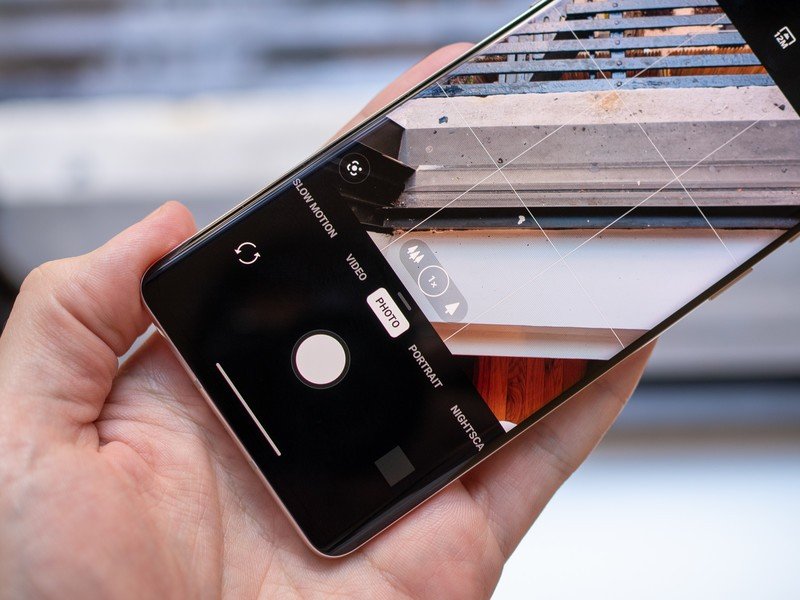
There isn't much to analyze with the OnePlus 8's main camera, because it's the same 48MP sensor used in the 7T and 7 Pro the year prior. And there isn't any extra nuance at play here; you're still getting 4-to-1 pixel binning to take 12MP photos with a large effective pixel size of 1.6 microns, behind a wide f/1.6 aperture lens and OIS. You can switch to a 48MP mode for more detail in bright scenes, but I never saw a reason to do so.
This main camera is consistently good and performs at its price point or higher.
On the whole, it takes good photos. This is the same basic look we've seen from OnePlus of late, with colors and white balance that are generally accurate, taken with a little extra saturation to look a bit more pleasing. Shot-to-shot consistency is good, and I never felt like HDR went overboard in processing or over-brightening scenes. The only scenario where I found the camera just couldn't handle the scene was harshly side-lit or backlit subjects, where no amount of brightening got the subject to look how it needed to.
The only issue I regularly ran into is a rather common one on these larger sensors when paired with a wide aperture: you can inadvertently get soft-looking pictures when the camera doesn't focus where you expect it to. With a narrow focal plane at f/1.6, if the camera locks onto the background rather than your intended subject, you get a soft or blurry-looking shot. Tap-to-focus fixes the problem, but it's just something to keep in mind when shooting.
The only area you're lacking is low light, where you don't get that 'wow' factor like higher-end phones.
Low-light quality is actually quite good, especially for this sub-flagship price level. Low light photos still have a little grain and don't pop in the same way as daylight shots, but fundamentally they're solid and don't have gross over-processing or major issues. When things get really dark you notice the difference between this and higher-end phones, and while the "Nightscape" mode can help brighten a scene it doesn't do the sort of game-changing processing that Google's Night Sight does.
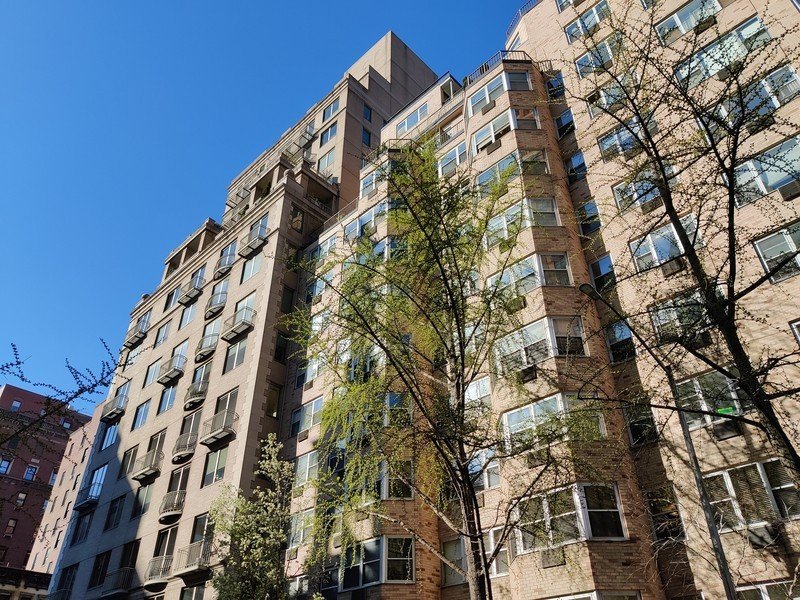


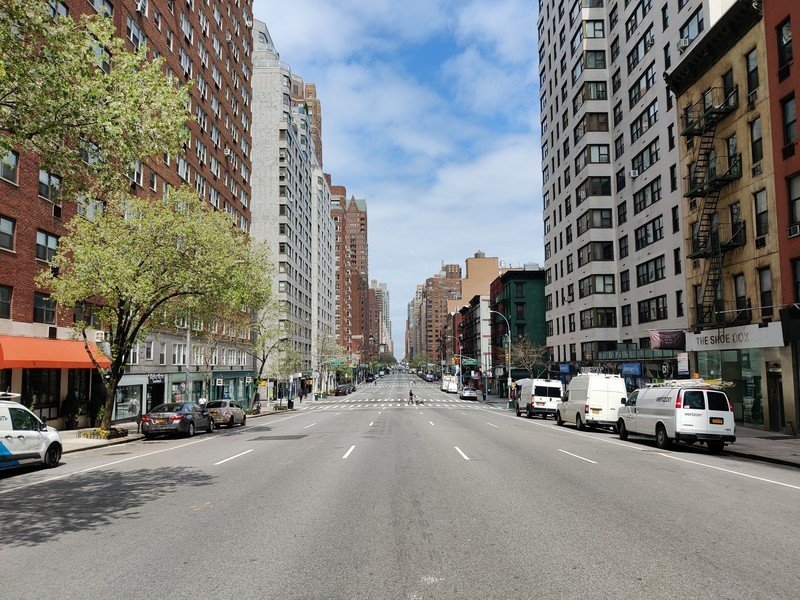








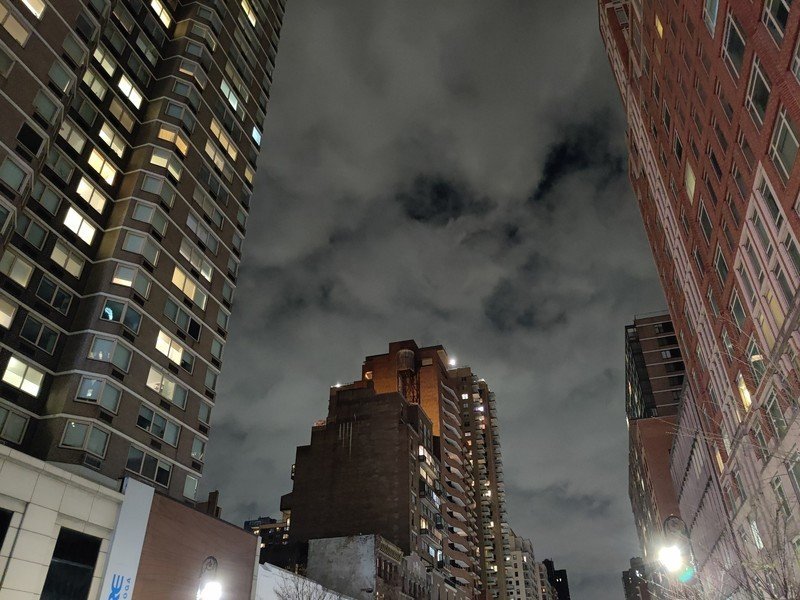
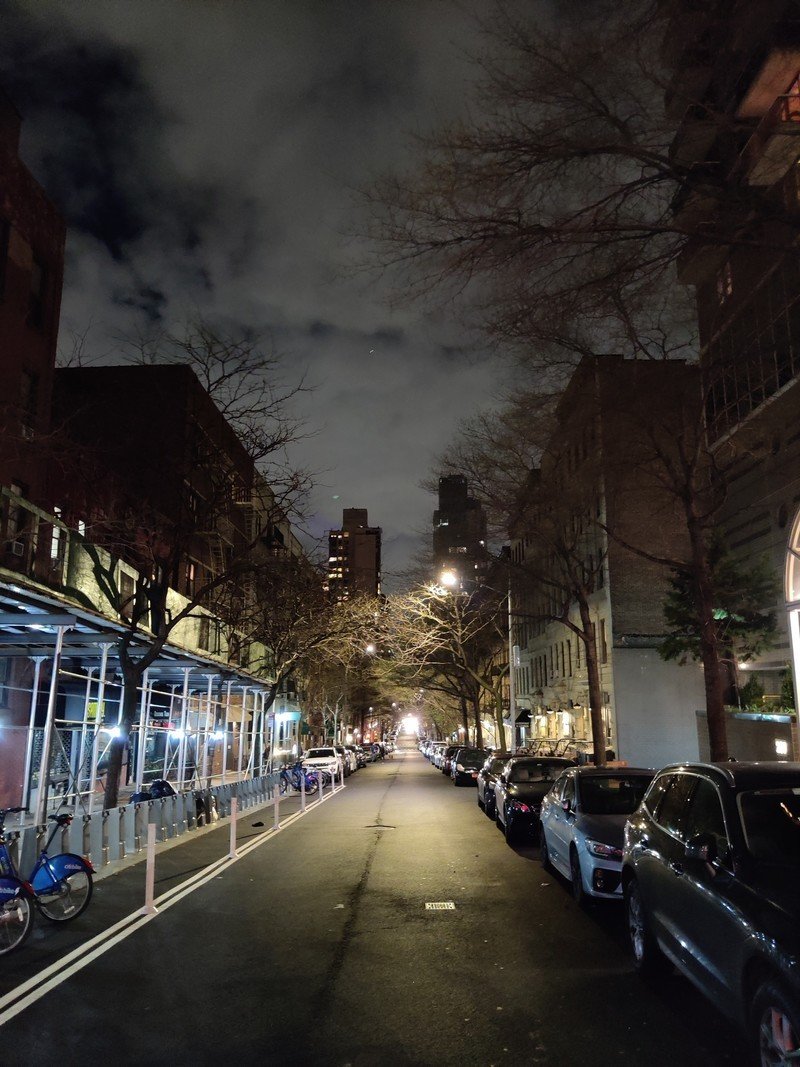
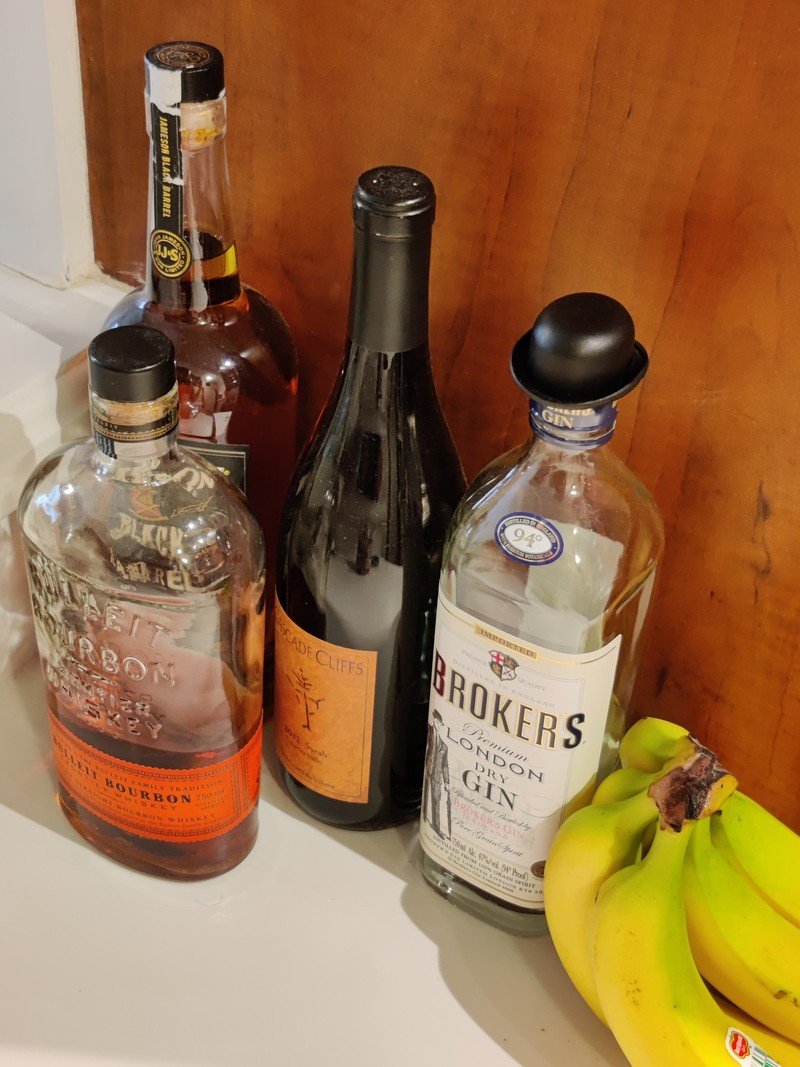


You still get a separate ultra-wide camera, which is always a welcomed addition even if I'm not shooting with it every day. It's useful to have for certain scenes, and generally makes the camera experience on any phone a bit more fun. This is a 16MP f/2.2 combo, and I was happy with all of my photos from it so long as lighting was acceptable — a lack of OIS hurt it in lower light, but that's to be expected. Also fully expected is selfie quality, which with 16MP, small pixels and fixed focus does a fine job in good lighting but struggles in low light and close-ups.


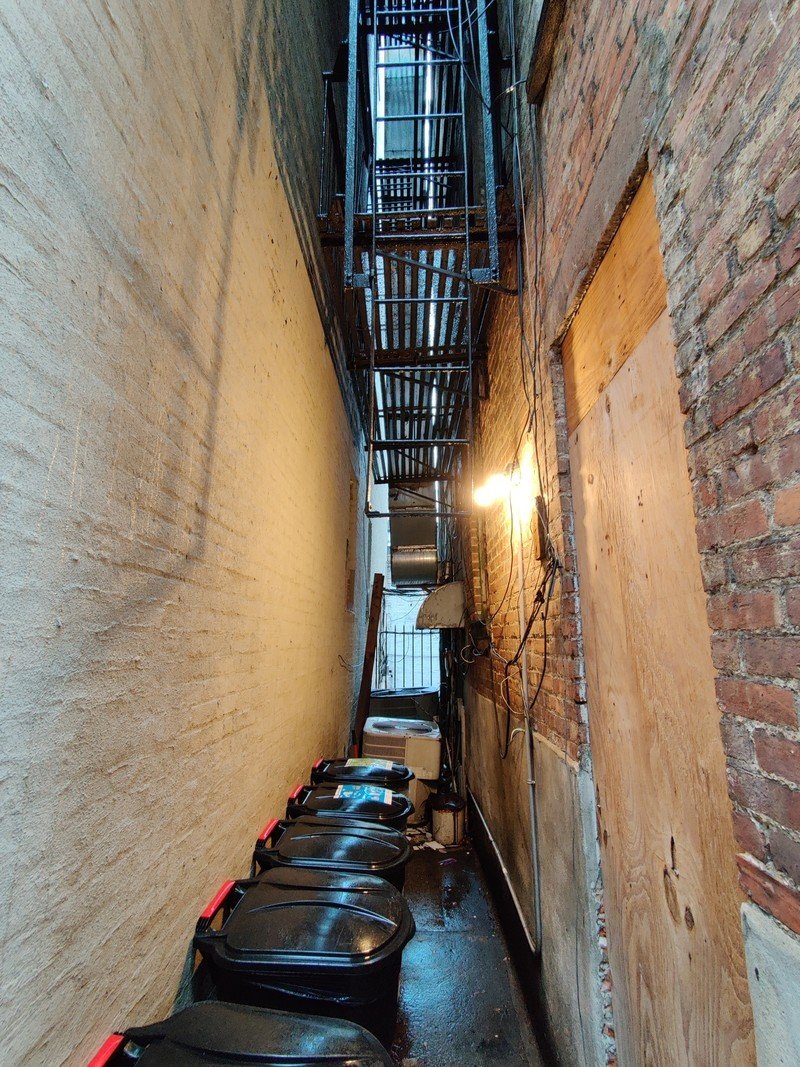


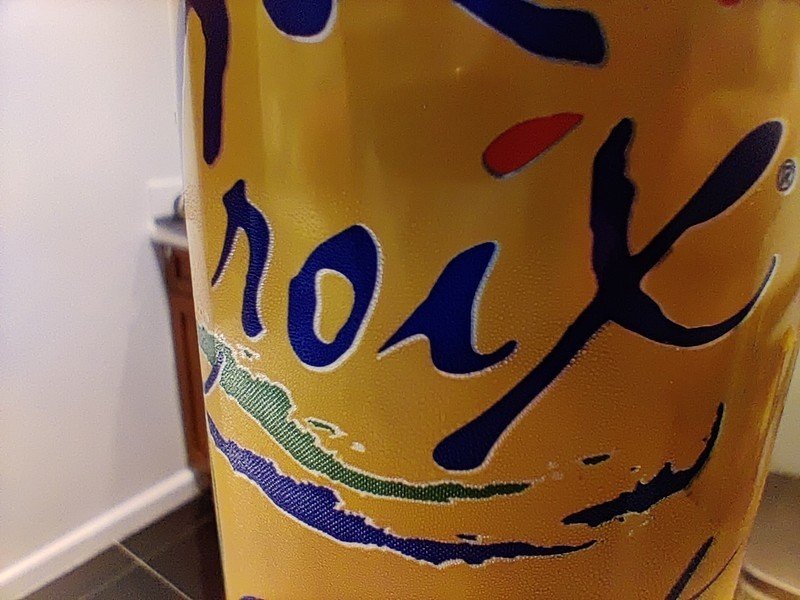



The decision to drop a telephoto camera and add a near-useless macro camera was baffling.
OnePlus oddly decided to drop the dedicated telephoto camera from the 7T, instead relying on a digital crop on the 48MP sensor. Theoretically, it makes sense considering the large sensor and wide aperture, but as soon as you have to digitally crop you're losing all of the benefits of that 4-to-1 pixel binning. And the result is that 2X zoom photos don't look great, with a lot of softness and over-processed noise, and anything beyond 2X is really bad. This zoom is functional, but not a selling point of this camera.
What makes the situation worse is the camera that replaced the telephoto is a dedicated 2MP macro shooter that frankly takes bad photos. It has really big 1.75-micron pixels, but with only 2MP behind an f/2.4 lens you get lots of grain in all sorts of scenes and it doesn't really give you great background blurring. What's particularly weird is that OnePlus offered a good macro mode on the 7T without a dedicated camera, and many other companies offer a macro mode using their ultra-wide cameras. This one is a head-scratcher; zoom is far more popular than macro, and the macro camera isn't even good enough to justify its existence.
OnePlus 8 Should you buy it?
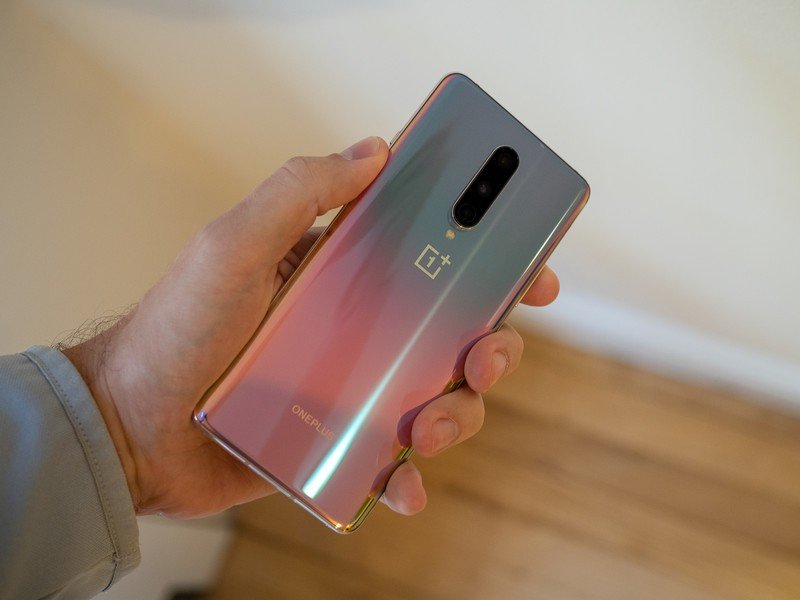
The OnePlus 8 was largely unchanged from the 7T, and while it launched for $100 more, recent sales have made it a far more reasonable proposition. The core parts of the experience, in the hardware, screen, software, charging, and cameras are all still extremely sold a year into its life cycle, and with discounts, it's nearly half the price of the newer OnePlus 9, making it an easy decision.
There's no arguing that this is still an excellent phone a year later.
At the time, the OnePlus 8 brought a fresh design, 5G, and a larger battery compared to the 7T, and all of those improvements still hold up today. Ultimately, OnePlus phones are all about value, and the OnePlus 8 is a better value now than ever before.
4 out of 5
Even if your eyes are set on the OnePlus 9, I can absolutely still recommend the OnePlus 8 while it's on sale for around $500, depending on the retailer. This is still an incredible phone befitting its reduced asking price, with all of the tenets that make OnePlus phones so great in the first place. It's a joy to use, even when you compare it to the other best Android phones on the market now.

OnePlus 8
The OnePlus 8 is a 7T with a few new specs, 5G and a larger battery. Thanks to price drops over the last year, it still represents incredible value with all of the core tenets of OnePlus phones: good hardware, great software, excellent specs, and strong battery life.
Review Changelog, April 2021
This article was originally published in April, 2020. It was updated in April 2021 with the following changes.
- Updated buy links to reflect recent price drops.
- Updated Price and Availability section with today's date and pricing.
- Added mention of newer versions of OxygenOS and Android 11.
- Added mention of the newer OnePlus 9.
- Revised verbiage throughout the review to reflect our thoughts on the OnePlus 8 a year on.

Andrew was an Executive Editor, U.S. at Android Central between 2012 and 2020.
